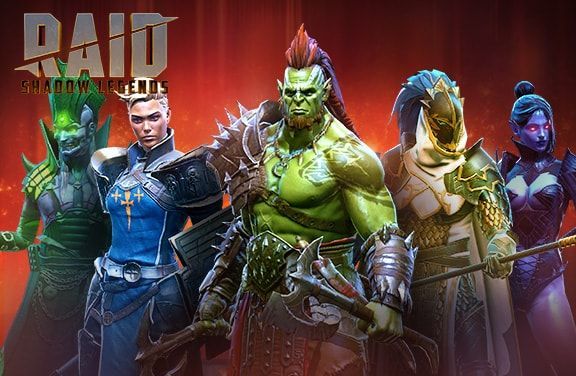Increasing Mobile Game Engagement Through Connectivity

The future of mobile devices and mobile games is reliant on many moving parts and priorities. Larger screens, pressure-sensitive displays, more powerful processors, and faster response times are just some of the more obvious improvements that will enhance our mobile gaming experience. However, the one constant amidst a sea of variables that will correlate to better engagement, is connectivity. How will developers utilize it moving forward in order to create improved mobile experiences for consumers?

Keep players in-app as much as possible
In our games, we’ve found that mobile gamers connect with one another via forums, dedicated Skype channels or message boards outside the actual games to compensate for the kinds of experiences that aren’t yet available within the game. One way developers can increase connectivity is by promoting discussions within the games so players can communicate effectively without having to turn to outside sources causing them to exit the game. Engaging the player through prompts, in-app surveys and chats is a great way to keep them connected to the game along with their online gaming community. Mobile is ideal for this kind of interaction, validated by console game developers using mobile apps as a “second screen” experience to enrich their games, and provide their communities a way to stay connected without leaving the game. With clans being an important part of any non-casual multiplayer game, developers should provide players with tools to engage with one another effectively and in new ways. This includes embedding communications, cooperation, and command elements more smoothly in multiplayer games and UX designs. Always think of incremental ways to reduce an unnecessary interaction in order to maintain the balance between repetition and reward.
One method of increased engagement that is gradually becoming normalized within the mobile gaming community is in-app voice communication. Integration with Whatsapp, Viber and service providers allows for sending short voice messages, keeping hands free and players from having to make the choice between typing or playing. Games such as Asphalt 6 have already partnered with national carriers to introduce multiplayer voice-channels for 4G LTE networks, and this is something that will continue to grow as LTE coverage widens.
Engagement is synonymous with competition
In the wild west of the app market, two things remain constant: The top mobile games are nearly all free-to-play (F2P), and F2P always involves a great Multiplayer experience. The strongest aspect in F2P games is the social aspect, catering to a player’s need to share their gaming experience with others. Look no further than the explosion of Twitch to know there is a very prominent market just for watching and commenting on each other’s gaming skills and gamer persona. We’ve already seen the rise of multiplayer games on mobile platforms in recent years, mostly due to their utilization of the platform’s inherent connection to the web and to each other through text, social or email. Of course, connectivity also enhances the competitive nature of a game that in turn fuels engagement. In contrast to console games, mobile games normally don’t offer a fully developed story to drive players to continue playing. Instead, they must rely on the competitive nature of gamers to keep them engaged and the world they build with each other based on that competition. The interaction and competitiveness of a game makes it more enjoyable for the gamer, while raising the chances of them making in-app purchases.
Leaderboards, rankings and virtual wars over territory in many mobile games are already common, but there are creative ways to take this to the next level. Following this same idea of competition breeding engagement, a company can have a community manager track the progress of a clan or group that is excelling against others and give them a spotlight interview. At Plarium, it isn’t rare for us to shed attention on those who are doing well within our games and interviewing them. Not only does it personalize it more than a leader board could ever do, but promotes great relationships with the fan base. The most untapped potential of this kind of creative growth in mobile is in the eSports genre. It is already a huge deal on PC and console, and with the mobile platform becoming more powerful with every new generation of phone, there’s no reason why developers can’t create engaging competitive experiences. Recently, an eSports platform called Skillz announced that it pays more than $500,000 in prize money to its players each week. The money is there and the ability to simulate a true “superstar” experience for users who are the most dominant is just a clever use of available social media platforms.
Quantifying and Measuring Connectivity
One of the more difficult aspects of connectivity for gaming companies is being able to quantify and measure it. The simplest way to see if connectivity is working within genres that have clan structure to them (mostly found in strategy games) is to see how many of the users are opting into these types of features and how it effects retention at different stages (D1, D3, D5, D14, D30). If a game has high clan membership but low retention, whatever processes are being put in place to bring players together isn’t working effectively.
Increasing and improving connectivity in mobile games, both on a technological and game design level, holds plenty of promise when it comes to increasing and improving engagement. Multiplayer experiences have proved to help with monetization, so now it is time to finish the job by implementing more ways for players to communicate with other players, and gamers in general.
Original article: www.gamasutra.com.



